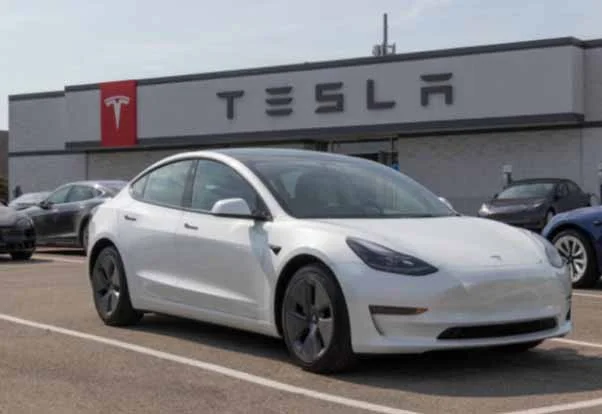The Automation Revolution: Tesla Meets Skyrocketing Demand with Automated Production
As the demand for electric vehicles continues to soar, Tesla has been at the forefront of the automotive industry, constantly seeking innovative ways to meet the ever-increasing market demands. One of the key strategies that have allowed Tesla to maintain its competitive edge is the automation of its production process. In this blog post, we will delve into how Tesla has leveraged automation to efficiently scale up production, satisfying the skyrocketing demand for their electric vehicles.
The Benefits of Automation in the Automotive Industry
Automation has long been a game-changer in various industries, and the automotive sector is no exception. By integrating advanced robotics and artificial intelligence (AI), Tesla has successfully optimized its production process, offering numerous benefits:
- Increased Efficiency: Through automating repetitive and labor-intensive tasks, Tesla has significantly accelerated its production speed, resulting in higher output and faster delivery times to customers.
- Improved Quality Control: Automation eliminates human error, ensuring consistent quality standards throughout the manufacturing process. This translates into higher customer satisfaction and reduced warranty claims.
- Cost Savings: While initial setup costs for automation may be high, the long-term benefits are undeniable. By reducing reliance on manual labor, Tesla has achieved significant cost savings, allowing them to invest more in research and development.
Tesla’s Implementation of Automated Production Process
Tesla’s commitment to automation is evident in their Gigafactories, sprawling facilities designed to produce thousands of vehicles each day. These state-of-the-art factories boast advanced robotic systems, AI-powered algorithms, and sophisticated machinery, enabling a seamless integration of production phases.
From body assembly, painting, to final assembly, robots equipped with advanced sensors and computer vision technology work alongside human operators in a synchronized manner. This collaborative approach ensures optimal efficiency, with robots consistently meeting production targets while humans oversee and manage the overall process.
Furthermore, Tesla has not shied away from pushing the boundaries of automation, going beyond traditional assembly line setups. They have successfully incorporated autonomous guided vehicles (AGVs) for material handling, automated storage and retrieval systems (AS/RS) for efficient inventory management, and machine learning algorithms for predictive maintenance.
Meeting Skyrocketing Demand with Automation
As the demand for Tesla vehicles skyrocketed, the traditional production methods would have faltered under the pressure. However, by seamlessly integrating automation throughout the production process, Tesla has been able to ramp up production significantly, meeting the surging demand without compromising on quality.
With their agile manufacturing approach, Tesla can quickly adjust production levels in response to changing market conditions. By leveraging real-time data monitoring and analytics, Tesla optimizes production schedules, identifies bottlenecks, and adapts production lines accordingly. This dynamic manufacturing capability enables Tesla to fulfill orders more efficiently, keeping up with the growing demand.
Importantly, automation also allows Tesla to continuously improve their vehicles by implementing design changes and updates quickly. Unlike traditional manufacturing methods, where retooling and retraining can be time-consuming, Tesla can leverage automation to make timely adjustments, incorporating new features and enhancements seamlessly.
Conclusion
As the demand for electric vehicles continues to surge, Tesla’s commitment to automation has positioned them as a leader in the industry. By embracing advanced robotics, AI, and cutting-edge technologies, Tesla has been able to scale up production in response to skyrocketing demand without compromising on quality. Their agile manufacturing approach, supported by real-time data analysis, allows them to stay ahead of the curve and continually improve their vehicles. As the automotive industry continues to evolve, it is evident that automation will play a crucial role in shaping the future of production processes.

